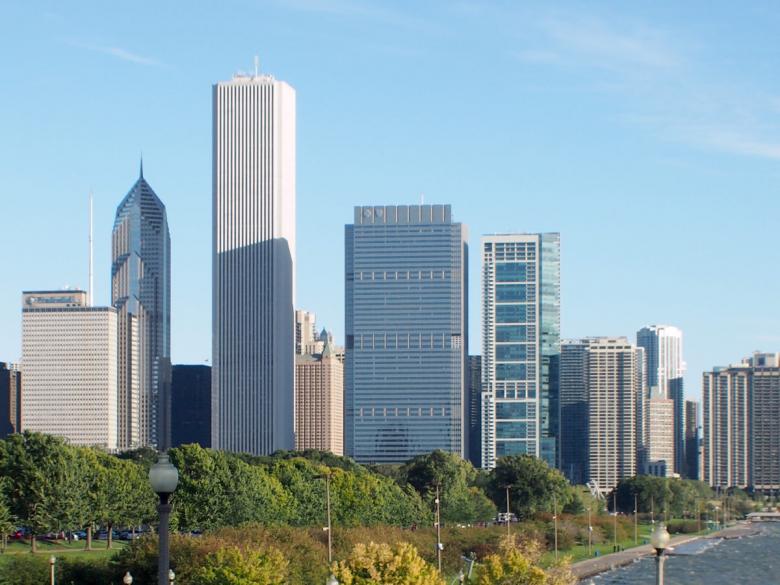And Then There Were None
John Hill
11. January 2021
Blair Kamin won the 1999 Pulitzer Prize for "an influential series supporting the development of Chicago's lakefront area." (Photo: John Hill/World-Architects)
Chicago Tribune architecture critic Blair Kamin is stepping down from the post he held for close to thirty years, leaving the Windy City with no architecture critics at its two main papers, which also includes the Chicago Sun-Times.
Kamin announced his departure in a series of posts on Twitter that began: "After 33 years at Chicago Tribune, 28 as architecture critic, I’m taking a buyout + leaving the newspaper. It’s been an honor to cover + critique designs in the first city of American architecture + to continue the tradition begun by Paul Gapp, my Pulitzer-winning predecessor..."
The thread ends with this telling sentence on what he'll do now: "I’m ready for an extended break -- and many long bike rides along Chicago’s lakefront." Kamin's 1999 Pulitzer Prize for distinguished criticism highlighted his "influential series supporting the development of Chicago's lakefront area" (the series' four articles can be read on the prize's website). For the last two decades Kamin served as an unofficial protector of the lakefront, coming down against any development that attempted to violate the 19th century edict to make the lakefront "forever open, clear and free of any buildings." Most notable among these was the Lucas Museum of Narrative Art, proposed for a site next to Soldier Field; the project, due in part to the "free and clear" sentiment shared by Kamin and many others in Chicago, eventually decamped for Los Angeles.
In the 1990s Kamin was one of two architecture critics at Chicago's two daily newspapers; Lee Bey held a similar post at the Sun-Times. If we count The Reader, a free weekly newspaper, where Lynn Becker wrote occasional columns, Chicago was blessed with three architecture critics that decade. When Bey stepped down in 2001, the Sun-Times did not fill his position (since last year he is "a part-time editorial writer"), which left just Kamin at the dailies.
Kamin weathered the ups and downs of the Tribune and the newspaper industry over the last two decades — a period that saw, of all things, the paper move out of its famous, nearly century-old namesake tower on Michigan Avenue — giving the architecturally prominent city regular coverage and criticism of the built environment. It's too early to know if Kamin's position at the Tribune will be filled, but given the wider struggles in the newspaper industry and, in particular, the diminished role of architectural criticism in the US, it's highly unlikely.
Related articles
-
And Then There Were None
on 1/11/21
-
Trump and His Critics
on 10/12/16
